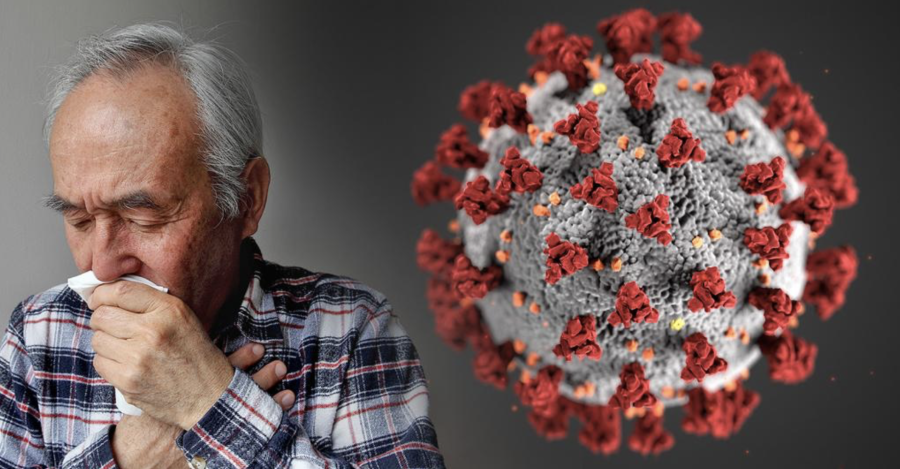Since its inception, SARS-CoV-2, the novel coronavirus responsible for causing COVID-19, has over 240,000 confirmed cases and has caused nearly 10,000 deaths across the world, as of March 19.
The mortality rate of the virus has fluctuated and since it is a novel virus, it’s hard to definitively say where it’ll end up. However, with current data, the virus has a mortality rate of just over 4% to date.
In the past few decades, we’ve seen a bout of other pandemics: SARS, H1N1 and MERS, to name a few.
Let’s take a look at how COVID-19 compares to other virus outbreaks that most of us have lived through, whether we remember them or not.
RELATED: The attack of the worried well: Is the coronavirus the next pandemic?
SARS:
In 2002, SARS (severe acute respiratory syndrome) broke out in a very similar fashion to our current SARS-CoV-2 virus. Go figure. The names couldn’t be more similar. Experts believe that SARS originated from animals and from there was able to spread to humans.
SARS first infected humans in a province in southern China, according to the Center for Disease Control. In the 29 countries it infiltrated, the virus had just over 8,000 confirmed cases and killed nearly 800 people, putting the death rate close to 10%.
Not to be alarming, but COVID-19 already has more confirmed cases and has claimed more lives, as of March 18. On the other hand, SARS infected fewer than 10 people — yes, 10 — in the U.S., according to the CDC.
H1N1:
In 2009, H1N1, deemed the swine flu, broke out and hit more than 214 countries while taking over 284,000 lives across the globe, according to the CDC.
In total, there were about 762 million cases of H1N1, giving it a fatality rate of about 0.02%. Sound familiar? H1N1 has striking similarities to the annual influenza virus, which usually infects close to one billion per year and claiming anywhere from 300,000-500,000 lives, according to PubMed.
H1N1 originated in Mexico and the first case was confirmed in January 2009. It took until April 2009 for the virus to infiltrate the United States, according to the CDC and the Virology Journal.
RELATED: Online classes: a protective measure to flatten the curve
MERS:
Three years later, in 2012, MERS (Middle East respiratory syndrome) spread to a total of 27 countries with about 2,500 confirmed cases and 866 deaths to date, according to the World Health Organization. I’ll save you the math and tell you that MERS is very, very deadly if infected.
MERS killed a whopping 34% of people who had it. That’s more than three times more deadly than SARS and over 1,700 times more deadly than the H1N1 virus.
MERS was first identified in Saudi Arabia, a country in the Middle East, hence the name. Interestingly enough, MERS is another type of coronavirus, which is why experts often call it MERS-CoV.
Shockingly, the term coronavirus doesn’t get its roots from the popular Mexican beer. But rather, “coronaviruses are named for the crown-like spikes on the surface,” according to the CDC.
Only time will tell how the novel coronavirus will ultimately compare to other worldwide pandemics. But in its short three months, the virus has taken the world by storm and already claimed around 9,000 lives.
Without being too alarming, it is almost as if COVID-19 is taking on the contagious habits of H1N1 with the fatality — to a lesser extent — of other viruses, but hopefully not SARS or MERS.
Follow Amit Syal on Twitter









